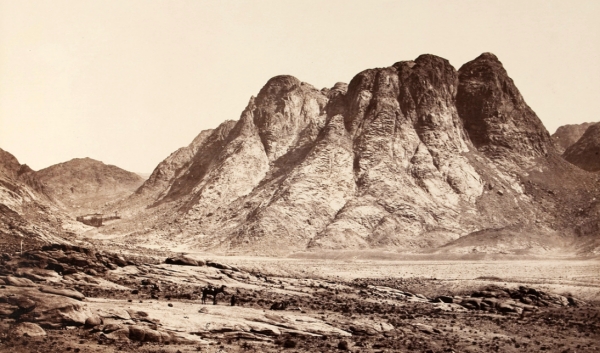Outdoor Worship and Baptism
August 28, 2022Pastor Patrick gave a brief message about the history of music in worship. It was not recorded. [Conversation Starters will begin again with the start of the next official small groups session in September.]
Just for the record, J. S. Bach remains the greatest composer of all time. And, or maybe it's because, he wrote "to the Glory of God" on most of his manuscripts. 😉 And speaking of the diabolical organ, my favorite two organ pieces are: Bach's "Toccata and Fugue in D minor" (click here) which I played once upon a time, and Louis Vierne's "Carillon de Westminster" (click here).
Today's service was different, and special. It was our first outdoor service in the church's roughly 3-and-a-half-year history. It was held on the front yard of the school in which we usually meet. Most of the service was worship (music/singing) and baptisms. There were people scattered all over the lawn in folding chairs, on blankets, and even under various kinds of tents including bigger "public" tents scattered around for coffee, life groups, kids materials, etc. There was definitely a summer outdoor party atmosphere.
There was one thing I could not stop pondering all morning... This venue with our view of Pikes Peak made me think of the Israelites at the base of Mount Sinai.
We occupied the grassy area in the foreground facing Pikes Peak in the background.

Mount Sinai, Egypt (Sinai Peninsula)
Our group's table display for the "Life Group Faire" in the back.
I got to wondering how Pikes Peak compared to Mt. Sinai. Turns out they're quite similar in one way: the elevation change from the surrounding area to the peak is about 6600 feet for Mt. Sinai and about 7400 feet for Pikes Peak. That means our view of Pikes Peak today would be eerily similar to the view the Israelites had of Mount Sinai from their camp. Of course, these two mountains differ significantly, too. Pikes Peak elevation is twice that of Mt. Sinai, 14,000 feet versus 7,500 feet. Though the elevation change of the hike from base to top is similar, the Sinai hike is 2.5 miles one-way and Pikes Peak is 13.5 miles one-way. Sinai peak is a 4-hour round trip (including an hour at the top to look around), Pikes Peak is 13.5 hours one way. If you're interested in what a Mount Sinai hike looks like, click here.
One note about things you read concerning Mount Sinai. The top of the mountain contains dark-colored rocks. Many folks conjecture that God's fire at the peak when delivering the Ten Commandments blackened the top of the mountain. However, there are many mountain tops made of dark (mafic) rocks. Likewise, a dendritic fossil-like pattern appears on some rocks of Mount Sinai that look like plant branches. Some say this is from the Burning Bush (which also occured on Mount Sinai but in that story it went by another name for the same mountain, Horeb). Great story, but the same pattern in rocks is quite common around the world. One last issue, the location of Mount Sinai of Ten Commandments fame is not entirely known or agreed upon. Most have it placed at the southern end of the Sinai Peninsula. Others suggest, for instance, it is East of there on the other side of the Red Sea in Saudia Arabia and is known today as Jabal Maqla.
In previous weeks, we've had a message series called "Temple" and talked a lot about worship, sacrificing for worship, and asking "Where is God?" We talked some about the construction of the Tabernacle here, how holiness guards ethics, and so on. We talked a great deal about the Priests' garments and what they meant.
All this talk about worship, about the wide variety of music in worship over the millenia, about "how to worship" brings me to a verse that is part of the Golden Calf story. Exodus 32:8, God speaking to Moses about the Israelites and their golden calf: "They have been fast to abandon my way that I instructed." God is so often disappointed.
Prager notes it's interesting that God said they abandoned "my way" and not "Me." What God is saying is that He knows they believe in Him but even more importantly they must follow His ways to come close to Him. God is trying to wean these pagans from pagan ways and teach them how to come close to the one God. It's important to note that there simply were no atheists 3,000+ years ago; everyone believed in gods. The question was which one. That's what all this instruction has been about regarding the Temple, the garments, etc. God is saying, "I know they believe in Me, but don't worship Me in pagan ways lest you drift back into that darkness."
Prager continues by suggesting this is a case for organized religion. The "way" does matter. We all understand there are various methods of music, various methods of a service, methods of prayer, etc.; the point is there are methods. BTW, that's how Methodists got their name, they were very methodical. We need appropriate methods. Otherwise, how do we know our meditation (or navel contemplation) is really getting us closer to God or just some visceral reaction in your head. God made it excrutiatingly clear how to come close to Him then.
Bonus
Right before the above verse in Exodus, God tells Moses of His displeasure with the Israelites over the golden calf and the accompanying revelry (likely an orgy). Exodus 32:7: "Go down, because your people, whom you brought up out of Egypt, have become corrupt." Isn't that rather interesting?! Now all of a sudden God is saying "it's not My people, Moses, it's your (damn) people, and look what your (damn) people have done!" God threatens to destroy them and start anew with a lineage of Moses. How does Moses react? Stay tuned! (Or read on from Exodus 32:11.)